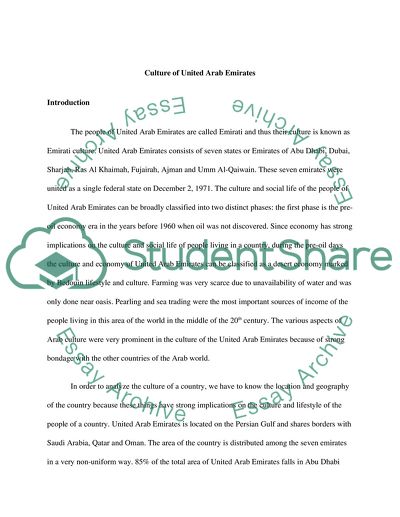Cite this document
(Detailed Analysis of United Arab Emirates Research Paper - 2, n.d.)
Detailed Analysis of United Arab Emirates Research Paper - 2. Retrieved from https://studentshare.org/culture/1597042-uae-culture-and-society
Detailed Analysis of United Arab Emirates Research Paper - 2. Retrieved from https://studentshare.org/culture/1597042-uae-culture-and-society
(Detailed Analysis of United Arab Emirates Research Paper - 2)
Detailed Analysis of United Arab Emirates Research Paper - 2. https://studentshare.org/culture/1597042-uae-culture-and-society.
Detailed Analysis of United Arab Emirates Research Paper - 2. https://studentshare.org/culture/1597042-uae-culture-and-society.
“Detailed Analysis of United Arab Emirates Research Paper - 2”, n.d. https://studentshare.org/culture/1597042-uae-culture-and-society.


